Rising Demand for Natural Resources
The increasing global demand for natural resources, such as oil, gas, and minerals, drives the Geophysical Exploration Equipment Market. As economies expand, the need for energy and raw materials intensifies, prompting exploration companies to invest in advanced geophysical equipment. In 2025, the market for geophysical exploration equipment is projected to reach approximately USD 5 billion, reflecting a compound annual growth rate of around 6%. This growth is largely attributed to the exploration of untapped reserves and the need for efficient resource extraction methods. Consequently, companies are likely to adopt innovative technologies to enhance their exploration capabilities, thereby propelling the Geophysical Exploration Equipment Market forward.
Environmental Regulations and Compliance
The implementation of stringent environmental regulations is influencing the Geophysical Exploration Equipment Market. Companies are increasingly required to adhere to environmental standards during exploration activities, necessitating the use of advanced geophysical equipment that minimizes ecological impact. In 2025, the market is projected to see a rise in demand for environmentally friendly exploration technologies, as firms seek to comply with regulations while maintaining operational efficiency. This shift towards sustainable practices may lead to the development of innovative equipment designed to reduce carbon footprints and enhance data accuracy. Consequently, the Geophysical Exploration Equipment Market is likely to evolve in response to these regulatory pressures.
Growing Interest in Renewable Energy Sources
The growing interest in renewable energy sources is reshaping the Geophysical Exploration Equipment Market. As nations strive to transition towards sustainable energy solutions, the exploration of geothermal, wind, and solar energy resources is gaining traction. This shift necessitates the use of specialized geophysical equipment to assess potential sites for renewable energy projects. In 2025, the market is expected to expand as investments in renewable energy infrastructure increase, with geophysical exploration playing a critical role in site selection and feasibility studies. The demand for innovative exploration technologies tailored for renewable energy applications is likely to drive growth in the Geophysical Exploration Equipment Market, reflecting a broader commitment to sustainable energy development.
Technological Innovations in Geophysical Methods
Technological innovations in geophysical methods are reshaping the Geophysical Exploration Equipment Market. Advancements in seismic imaging, electromagnetic surveys, and ground-penetrating radar are enhancing the accuracy and efficiency of subsurface exploration. These innovations allow for better data collection and interpretation, which is crucial for resource identification and risk assessment. In 2025, the market is expected to benefit from the integration of artificial intelligence and machine learning in geophysical data analysis, potentially increasing operational efficiency by up to 30%. As companies strive to remain competitive, the adoption of cutting-edge technologies will likely drive the growth of the Geophysical Exploration Equipment Market.
Increased Investment in Infrastructure Development
Infrastructure development projects, particularly in emerging economies, significantly influence the Geophysical Exploration Equipment Market. Governments and private sectors are investing heavily in infrastructure, including transportation, energy, and urban development. This investment necessitates extensive geological surveys and subsurface investigations, which rely on sophisticated geophysical exploration equipment. In 2025, the infrastructure sector is expected to account for a substantial portion of the market, as projects require precise data for planning and execution. The demand for reliable geophysical data is likely to stimulate growth in the Geophysical Exploration Equipment Market, as companies seek to ensure the safety and efficiency of their projects.


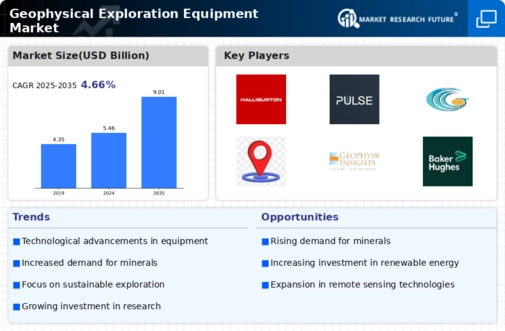

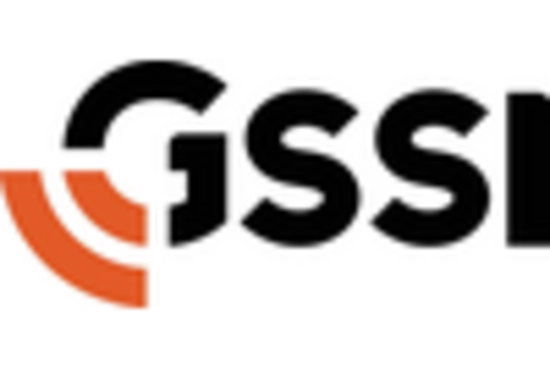
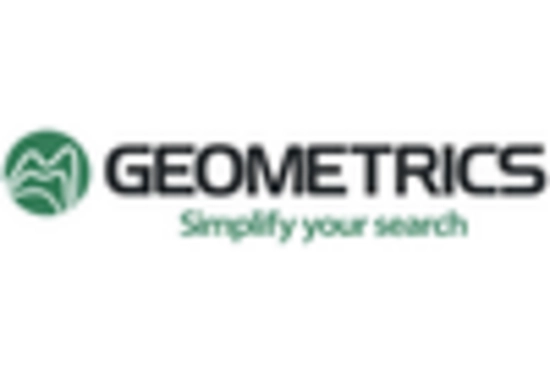
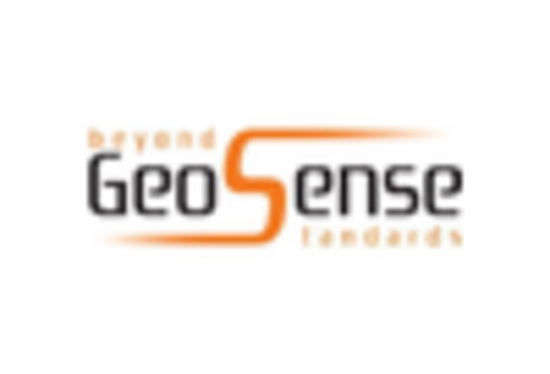


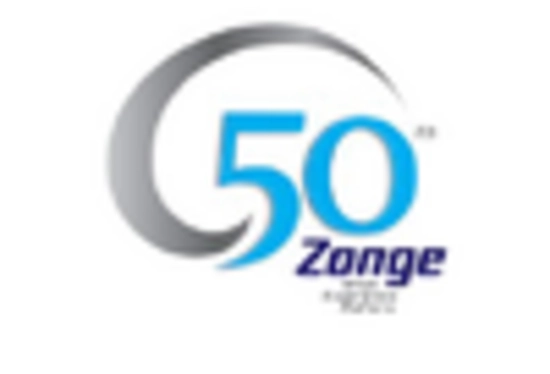








Leave a Comment